10 Best Adventures of 1950
By:
October 17, 2015
Sixty-five years ago, the following 10 adventures — selected from my Best Forties (1943–54) list — were first serialized or published in book form. I urge you to read them immediately.
The following titles are listed in no particular order.
- Mickey Spillane’s crime adventure My Gun is Quick. Late one night, Mike Hammer, a violent, angry New York private eye, protects a prostitute from a guy who’s hassling her; the next morning, she’s dead. Hammer doesn’t believe it was an accident — and sets out to find her killer. Why? Perhaps because all the injustice of the world is crystallized in this one incident; and Hammer hates injustice. Obsessively following a trail of clues down every filthy alley of the city, Hammer enters into a corrupt underworld populated by pimps and corrupt officials. He dispenses his own brand of justice — with unseemly relish. Fun fact: This is Spillane’s second Mike Hammer novel. It was adapted as a movie of the same title in 1957. Fans of Frank Miller’s Sin City comics will recognize Spillane as a key influence.
- Patricia Highsmith’s suspense thriller Strangers on a Train. While on a train to see his unfaithful wife, Miriam, architect Guy Haines tells a stranger, Charles Anthony Bruno, that he wants to divorce her. Bruno proposes an idea to “exchange murders”: Bruno will kill Miriam, that is to say, if Guy kills Bruno’s father. It will be the perfect crime: Neither of them will have a motive for their murder, and both of them can establish alibis. Guy doesn’t take Bruno seriously… until he returns from a trip, and discovers that his wife has been murdered. Bruno demands that Guy fulfill his part in the bargain… will he do it? Fun fact: Adapted as the classic film of the same title, in 1951, by Alfred Hitchcock.
- Ray Bradbury’s science fiction adventure The Martian Chronicles. What is The Martian Chronicles? Like Winesburg, Ohio, it’s somewhere in-between a story collection and an episodic novel. It’s a future history recounting successive attempts to explore and colonize Mars, and what happens after that. It’s a revisionist western, criticizing the destructive and exploitative way that Earthmen colonize Mars, and wipe out the Martians. It’s a work of social philosophy, since the colonizers import Earth’s problems — from racism to commercialism and poor taste — to Mars. And it’s one of the great works of science fiction’s so-called Golden Age. Fun fact: The Martian Chronicles is credited by historians of the genre as a pivotal event — perhaps the pivotal event — in science fiction’s growing respectability.
- Victor Canning’s espionage adventure A Forest of Eyes. Robert Hudson, a British engineer working in Marshal Tito’s (pre-Stalinist) Yugoslavia, encounters an English spy on a mission to help a defector get to Italy. When the spy is killed, Hudson unwillingly takes over the mission. The secret policeman Lepovitch, sent from Belgrade, keeps a suspicious eye on him; while Zarko, chief of Dubrovnik’s police force, takes a more kindly interest in him. Who to trust? Anyone might be an informer… and the forest has eyes. Fun fact: This is Canning’s only thriller set entirely behind the Iron Curtain; it seems heavily influenced by Eric Ambler.
- Graham Greene’s crime adventure The Third Man. Invited to postwar Vienna — divided up between the Russians, British, Americans, and French — by his lifelong friend, the multitalented Harry Lime, upon arriving Rollo Martins discovers that Lime is dead. Informed that Lime had been a villainous figure — a ruthless racketeer who’d trafficked in diluted penicillin, among other horrors — Martins begins a solo investigation, in order to clear his friend’s name. Fun fact: The novel grew out of a treatment prepared by Greene as he was writing the screenplay for the terrific 1949 movie of the same title. Orson Welles was perfectly cast as the cheerfully amoral Lime; Welles also recorded The Lives of Harry Lime, a 1951–52 radio serial.
- Fritz Leiber’s horror adventure You’re All Alone. A pseudo-Existentialist thought experiment, in which our protagonist encounters a terrified young woman trying to avoid a murderous gang. The encounter drags him out of the clockwork existence that he, along with everyone else in the world, considers normal reality. Our hero discovers an incredible freedom, to do whatever he wants, without consequences. But the other escapees (the “big blonde,” the “portly man,” the “young man with a crew haircut”) are jealously guarding their privileged status… to rape, torture, and kill. And a kind of clean-up crew — shades of Philip K. Dick’s 1954 story “Adjustment Team” — pursues the escapees, too. Fun fact: You’re All Alone was meant to follow Leiber’s first novel, Conjure Wife, into the pages of Unknown Fantasy Fiction, but when that magazine folded in 1943, Leiber set the manuscript aside. It was serialized in abridged form in 1950, in Fantastic Adventures.
- C.S. Lewis’s Narnia fantasy adventure The Lion, the Witch, and the Wardrobe. During the Battle of Britain (in 1940), four English children who have been sent to a professor’s house in the countryside discover that an old wardrobe is a gateway to Narnia a magical land of fauns, centaurs, nymphs, and talking animals. Narnia is in the grip of the beautiful but evil White Witch, who has held the land of Narnia in eternal winter for a hundred years; can Aslan, the golden lion who is Narnia’s true ruler, and a kind of deity, defeat her? He will need the help of the children. Fun fact: It hardly bears mentioning that this is the first in a series of seven popular fantasy novels; the others are Prince Caspian (1951), The Voyage of the Dawn Treader (1952), The Silver Chair (1953), The Horse and His Boy (1954), The Magician’s Nephew (1955), and The Last Battle (1956).
- Nevil Shute’s WWII adventure A Town Like Alice. An endearing combination of a prisoner-of-war adventure with an entrepreneurial Robinsonade. Having served as a prisoner of the Japanese in British Malaya, Jean Paget, a young Englishwoman, returns there after the war to build a well in a village. She then travels to Willstown, a primitive community in Australia’s Queensland outback, in search of a former fellow prisoner whom she had believed dead — and with whom she is in love. While living in the outback, Jean uses her considerable inheritance to found a local workshop to make shoes from the skins of crocodiles; she also starts an ice-cream parlour, a public swimming pool and shops. Meanwhile, the man she loves is looking for her in England.
- Mervyn Peake’s fantasy adventure Gormenghast. This is the second installment in the gothic, surrealist Gormenghast trilogy; the first, Titus Groan (1946), chronicled the birth and early childhood of the titular character, heir to the remote, inward-looking earldom of Gormenghast; it also chronicled the rise in status, within Castle Gormenghast, of Steerpike, kitchen boy and scheming sociopath. In Gormenghast, Titus (now the Earl) grows from age seven to seventeen. He dreads the prospect of ruling his domain, and presiding over the Groan family’s hoary and meaningless rituals; and he is inspired by his foster sister’s life of feral freedom in the woods outside the castle. During a flood, Titus and Steerpike fight a bloody duel. Afterwards, Titus must decide whether to stay in Gormenghast or explore the wider world.
- Jack Vance’s fantasy/sf adventure The Dying Earth. This collection of loosely linked stories is set in a distant future, at which point science and magic have become indistinguishable, and the planet’s various civilizations have lapsed into decadence. The Earth’s sun is dying, monsters roam freely, and wizards — who struggle to memorize the few remaining spells (technologies?) that still work — embark on various adventures. In the story “Mazirian the Magician,” for example, the title character battles a flesh-eating mutated man-creature, a ghoul-bear, and vampire grass as he pursues a beautiful woman… who, it transpires, is a sort of Capek-ian android conjured up by a rival magician-scientist in order to destroy Mazirian. Fun fact: Considered one of the all-time best fantasy “novels,” The Dying Earth was listed as Inspirational Source Material in the original Dungeons & Dragons Rulebook.
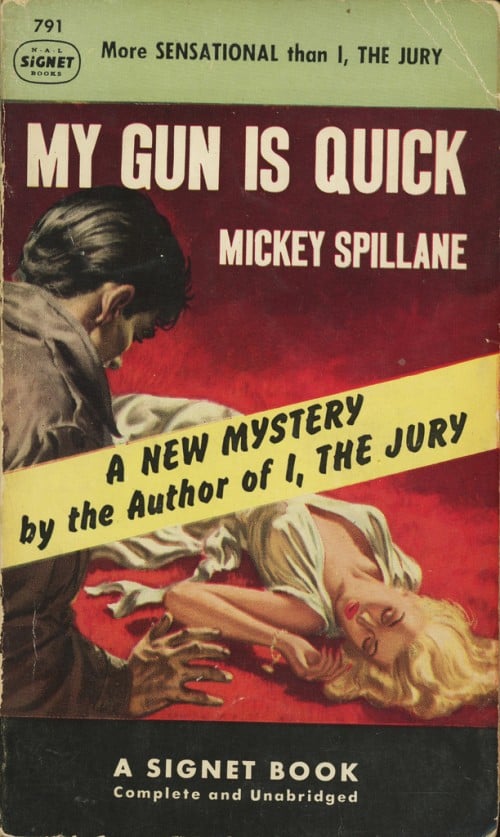
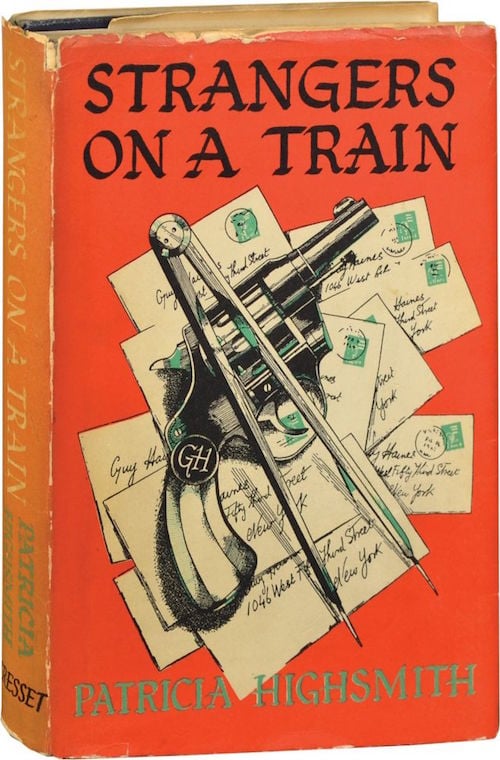
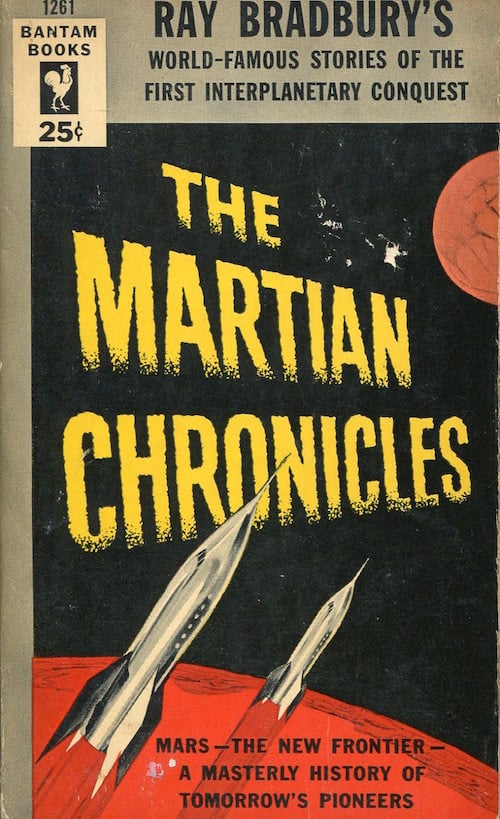

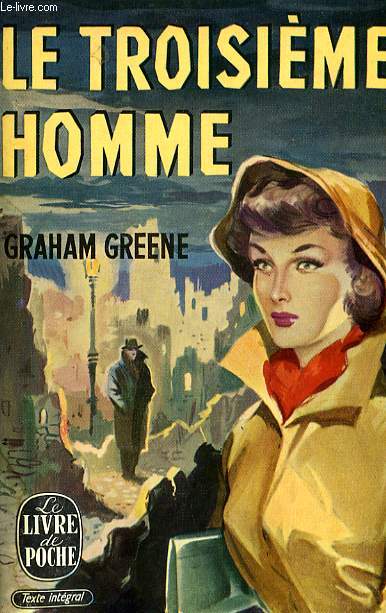
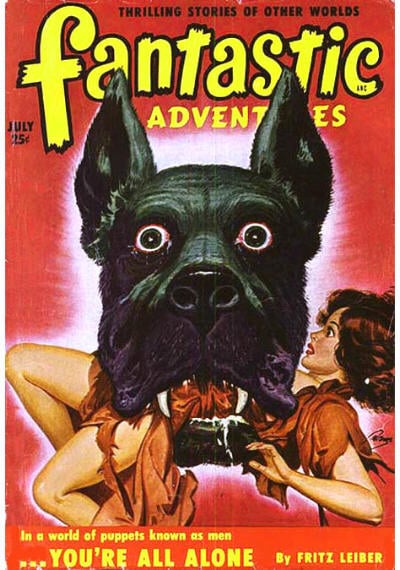
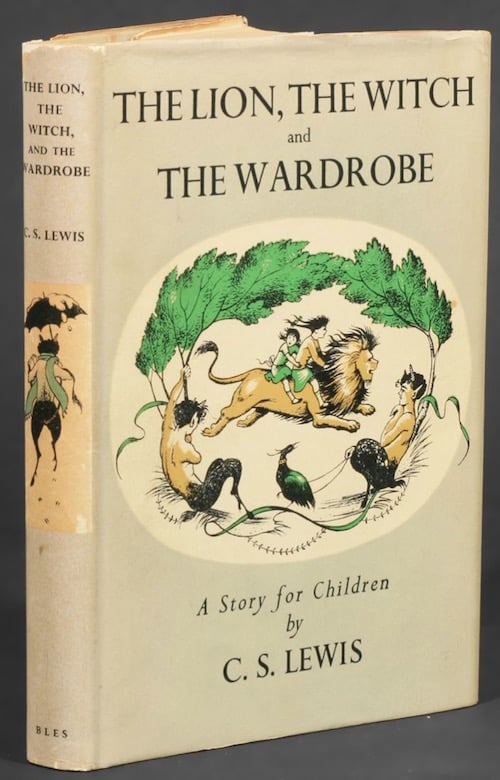
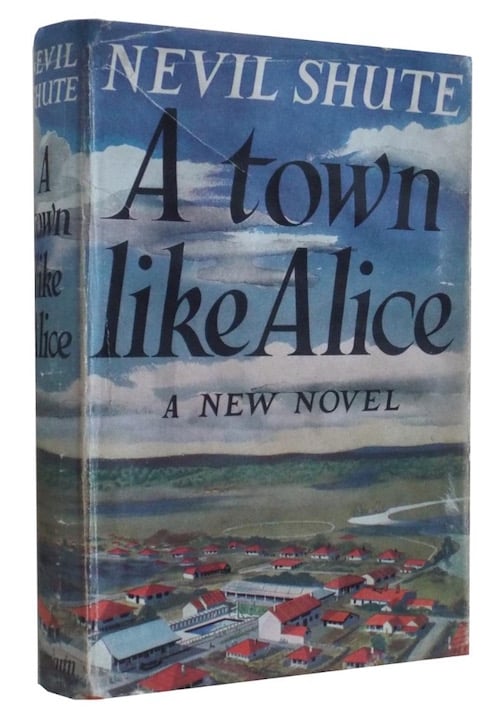
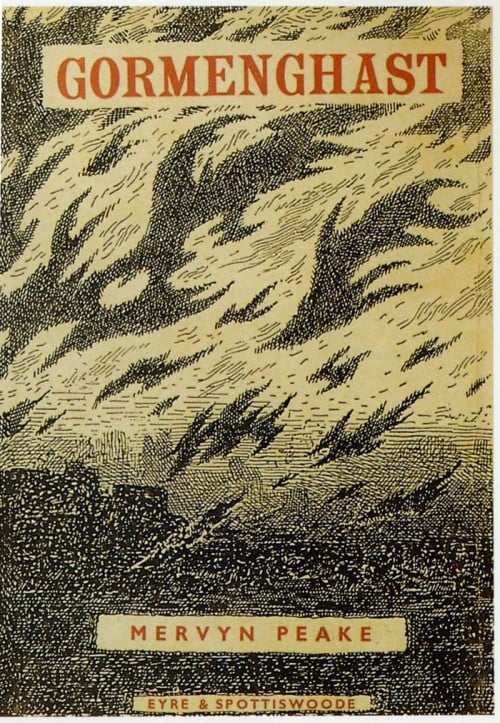
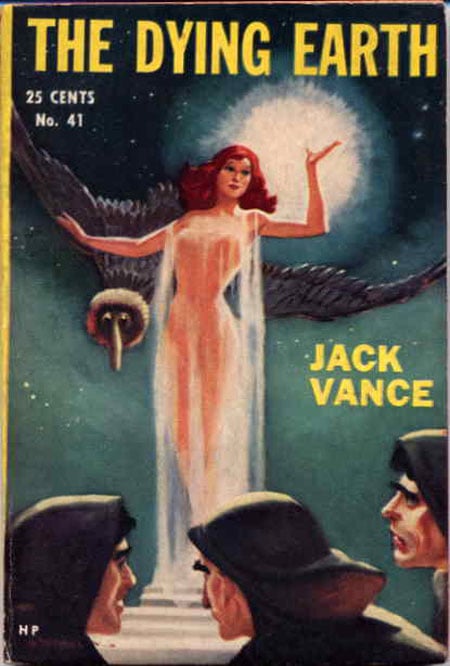
Let me know, readers, if I’ve missed any 1950 adventures that you particularly admire.
JOSH GLENN’S ADVENTURE LISTS: 200 Greatest Adventure Novels (1804–1983) | Best Adventure Novels (1984–2013, notes only) | 100 Best Radium Age Sci-Fi Novels (1904–1933) | 75 Best Golden Age Sci-Fi Novels (1934–1963) | 75 Best New Wave Sci-Fi Novels (1964–1983) | 75 Best Diamond Age Sci-Fi Novels (1984–2003) | 55 Best Scientific Romances (1864–1903) | Best 19th Century Adventure (1805–1903) | 101 Science Fiction Adventures | 70 Crime Adventures | 65 Fantasy Adventures | 61 Espionage Adventures | 40 Atavistic & Historical Adventures | 25 Frontier & Western Adventures | 20 Avenger & Artful Dodger Adventures | 20 Apophenic & Treasure Hunt Adventures | 20 War & Ruritanian Adventures | 18 Picaresque Adventures | 10 Robinsonade & Survival Adventures.
ALSO: BEST SIXTIES YA & YYA (1964–1973) | THE OUGHTS: 1904 | 1905 | 1906 | 1907 | 1908 | 1909 | 1910 | 1911 | 1912 | 1913. THE TEENS: 1914 | 1915 | 1916 | 1917 | 1918 | 1919 | 1920 | 1921 | 1922 | 1923. THE TWENTIES: 1924 | 1925 | 1926 | 1927 | 1928 | 1929 | 1930 | 1931 | 1932 | 1933. THE THIRTIES: 1934 | 1935 | 1936 | 1937 | 1938 | 1939 | 1940 | 1941 | 1942 | 1943. THE FORTIES: 1944 | 1945 | 1946 | 1947 | 1948 | 1949 | 1950 | 1951 | 1952 | 1953. THE FIFTIES: 1954 | 1955 | 1956 | 1957 | 1958 | 1959 | 1960 | 1961 | 1962 | 1963. THE SIXTIES: 1964 | 1965 | 1966 | 1967 | 1968 | 1969 | 1970 | 1971 | 1972 | 1973. THE SEVENTIES: 1974 | 1975 | 1976 | 1977 | 1978 | 1979 | 1980 | 1981 | 1982 | 1983. THE EIGHTIES: 1984 | 1985 | 1986 | 1987 | 1988 | 1989 | 1990 | 1991 | 1992 | 1993. THE NINETIES: 1994 | 1995 | 1996 | 1997 | 1998 | 1999 | 2000 | 2001 | 2002 | 2003. I’ve only recently started taking notes towards a list of the Best Adventures of the EIGHTIES, NINETIES, and TWENTY-OUGHTS. | Best Scottish Fabulists | Radium-Age Telepath Lit | Radium Age Superman Lit | Radium Age Robot Lit | Radium Age Apocalypse Lit | Radium Age Eco-Catastrophe Lit | Radium Age Cover Art (1) | SF’s Best Year Ever: 1912 | Cold War “X” Fic | Best YA Sci-Fi | Hooker Lit | No-Fault Eco-Catastrophe Lit | Scrabble Lit |
